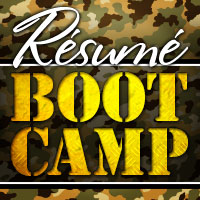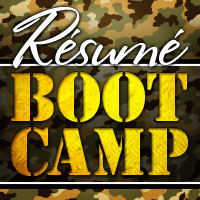 Whether it’s been information on building a résumé, tips on interviewing, advice on job hopping or anything in between, we had you covered in 2010. We’ve provided you with the resources to help you with your career needs. So, here’s a quick recap of our top five most read Movin’ On Up blog posts and polls during the past year.
Whether it’s been information on building a résumé, tips on interviewing, advice on job hopping or anything in between, we had you covered in 2010. We’ve provided you with the resources to help you with your career needs. So, here’s a quick recap of our top five most read Movin’ On Up blog posts and polls during the past year.
Top 5 Blog Posts of 2010
1. After the Interview’s Over: Advice Most People Ignore and Why It Hurts Them – Following up after an interview is a big part of the job search process, but many choose to skip this vital step. Follow these easy steps to work your way to a second interview.
2. The Silent Clues – How to Make Your Nonverbal Signals Send the Right Message – What do your nonverbal cues say about you? Make sure you send the right messages at work or during your next job interview.
3. 5 Steps to a Brilliant Reference List – Along with a standout résumé, you also need a top-notch reference list to accompany it. Employers want to see who you know and what those past supervisors think about you. These reference list tips can help you outshine the competition.
4. Hold the Phone: The Line Between Personal and Business – Today it seems like everyone in the workplace has a cell phone. Companies may or may not have policies on cell phone usage during business hours, but there is etiquette you should follow to make sure your phone isn’t a distraction.
5. 5 Common Words You Don’t Want On Your Résumé – Competition in the job market is tough. To help keep you ahead of the pack, make sure your résumé catches an employer’s attention. Check out these words you should avoid on your résumé.
Top 5 Blog Polls of 2010
1. How Bad Are Awful Co-Workers? – You know about bad bosses, but what about bad co-workers? From gossiping to not doing their work, just how bad are they?
2. What Kind of Résumé Do You Need? – Do you need a functional, chronological, or combination résumé? Take this quiz to find out what style works best for your needs.
3. Are You Looking for a Second Job for the Holidays? – To find out what people think about the economy, we asked who was looking for a second job for the holiday season. Based on the results, 49% of respondents said they were looking for a second job to earn more income. See the final results.
4. The Networking Wars: Does Online or In Person Work Best? – When it comes to getting a job, sometimes it’s not what you know, but who you know. Networking is an important tool in the job search process, but is in person or online networking more effective?
5. Text Messages Crossing the Line? – Texting is a quick and easy way to communicate, and it’s changing the way we do business. But, it can also cause some problems in the workplace. See the results of how many people said they received an inappropriate message from a co-worker.
These are just a few examples of the job advice we’ve provided in 2010 – and the best thing is this advice can help you as you move into 2011! Apply these tips to shine as you advance in your career and your job search. Best wishes for a happy and bright new year!





